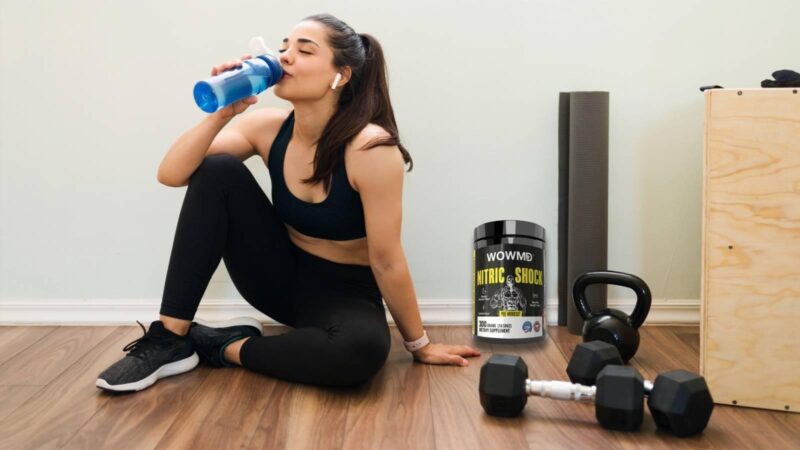
Healing from trauma is not just a mental journey. It is also deeply physical. The body holds on to traumatic stress, often long after the event has passed. This is why trauma-informed yoga has become a valuable tool in recovery programs for survivors. It supports healing by combining gentle movement, breath awareness, and body connection. This article explores how trauma-informed yoga supports survivors in recovery, its core principles, and how it can be integrated into recovery programs.
What Is Trauma-Informed Yoga?
Trauma-informed yoga is a specialized approach to yoga that creates a safe, supportive, and non-judgmental space for people who have experienced trauma. Unlike traditional yoga classes, trauma-informed yoga places less emphasis on perfecting poses and more on helping individuals reconnect with their bodies.
Key principles include:
- Choice: Survivors are always given the choice to participate in a way that feels safe for them.
- Empowerment: The practice promotes personal agency and decision-making.
- Safety: Instructors create a space where survivors feel physically and emotionally safe.
- Non-coercion: Teachers invite rather than direct, avoiding hands-on adjustments.
According to the Substance Abuse and Mental Health Services Administration (SAMHSA), trauma-informed care includes understanding, recognizing, and responding to the effects of all types of trauma. Trauma-informed yoga follows this same framework.
How Trauma Affects the Body and Mind
When someone experiences trauma, their nervous system often becomes stuck in a state of hyperarousal (fight or flight) or hypoarousal (freeze). This dysregulation can lead to anxiety, depression, insomnia, substance use, and chronic health problems.
A study published in the Journal of Clinical Psychology (2014) found that trauma can cause the brain to remain in a state of threat detection, even when no danger exists. The body stores this stress, which is why many survivors feel disconnected from their physical selves.
How Trauma-Informed Yoga Helps in Recovery
Trauma-informed yoga helps survivors reconnect with their bodies in a gentle, mindful way. It allows them to observe sensations without judgment and rebuild a sense of control.
1. Regulates the Nervous System
Yoga activates the parasympathetic nervous system (rest and digest), helping reduce stress and anxiety. Deep breathing and slow movements can shift the body out of fight-or-flight mode.
Stat: A 2017 study in Frontiers in Psychology found that trauma-sensitive yoga reduced PTSD symptoms by 43% among participants in recovery programs.
2. Promotes Body Awareness
Trauma survivors often feel disconnected from their bodies. Trauma-informed yoga encourages mindful movement, which helps restore a sense of presence and awareness.
3. Supports Emotional Release
Emotions often surface during yoga. With proper support, this release can be healing. The safe space of trauma-informed classes allows participants to explore these emotions without fear.
4. Builds Trust and Empowerment
By giving participants control over their movements and responses, trauma-informed yoga rebuilds trust in self and others. Survivors learn to listen to their bodies, which can be incredibly empowering.
What Makes a Yoga Practice Trauma-Informed?
Trauma-informed yoga differs from regular yoga in several important ways:
- Language: Instructors use invitational language like “you might try” or “if it feels comfortable.”
- Structure: Classes are predictable and consistent, avoiding surprises.
- Touch: No hands-on adjustments are made unless explicitly requested and consented to.
- Environment: Lighting, music, and space layout are chosen to feel calming and safe.
These changes create a foundation of trust and support. For many survivors, this might be the first time they feel safe enough to move freely.
Integrating Trauma-Informed Yoga into Recovery Programs
Many addiction recovery centers and mental health clinics now offer trauma-informed yoga as part of their treatment plans. It works well alongside therapy, group counseling, and other holistic approaches.
1. Complementing Talk Therapy
While talk therapy addresses trauma intellectually and emotionally, yoga brings in the body. Together, they offer a more complete healing approach.
2. Supporting Sobriety
People in addiction recovery often turn to substances to escape uncomfortable sensations or emotions. Yoga provides a healthier way to manage these feelings.
Stat: According to a study in the Journal of Alternative and Complementary Medicine (2015), trauma-informed yoga helped reduce substance cravings and improved emotional regulation in participants.
3. Creating Community
Group yoga classes build a sense of belonging and shared experience. This can reduce feelings of isolation, which are common among survivors.
Tips for Survivors Starting Trauma-Informed Yoga
If you’re a survivor or someone supporting a survivor, here are some gentle guidelines:
- Start slow: Even just 10 minutes a day can help.
- Find the right instructor: Look for someone trained in trauma-informed approaches.
- Listen to your body: You are always in charge of your own practice.
- Be patient: Healing is not linear. It takes time.
Final Thoughts
Trauma-informed yoga is more than just stretching or breathing. It is a gentle, powerful tool for reconnecting with your body and rebuilding trust. For survivors in recovery programs, it offers a path toward healing that honors their pace, their story, and their strength.
Whether you’re a trauma survivor, a counselor, or part of a recovery team, trauma-informed yoga can be a meaningful part of the journey. It’s not about the perfect pose. It’s about feeling safe, whole, and present again.
Sources:
- Substance Abuse and Mental Health Services Administration (SAMHSA). Trauma-Informed Approach.
- Journal of Clinical Psychology (2014). Trauma and the Nervous System.
- Frontiers in Psychology (2017). Yoga for PTSD Recovery.
- Journal of Alternative and Complementary Medicine (2015). Yoga’s Role in Addiction and Emotional Healing.












